Assessing Concussion With Eye-Tracking Technology
If you read our recent post on MotoAmerica’s concussion protocol, you may have noticed a reference by Dr. Raymond Rossi, the series doctor, to an eye-tracking technology the series is using to assess concussion. Because MotoAmerica is pioneering this technology in motorcycle racing, we figured it was worth an article of its own. We discussed this intriguing development with Rossi and Jim Buskirk, the series physical therapist. (Note: Both Rossi and Buskirk say they have no financial stake in this technology.)
Tell us about the technology you use to assess concussions.
RR: MotoAmerica partner Chuck Aksland introduced me to Jim here, who is one of the principal researchers for a very sensitive way of looking at vestibular/ocular motor movement.
JB: The technology came out of the Department of Defense. Initially it was based on night-vision goggles, but in reverse. We know that the best way to assess head trauma is in the dark, but if I put you in the dark, I can’t examine you! So we turned the cameras around and used the infrared technology to monitor the eye motions in the dark.
Who makes the technology?
JB: We started using the first FDA-approved device, called i-PAS, made by a company out of Pittsburgh called NeuroKinetics. We recently got a new unit from a different company, out of Baltimore, Maryland, called Charles River Analytics. It’s similar, but with a lighter headset—a lot more precise and with increased test capacity. It’s just a headset, with the data captured on a cell phone. It’s in real time and we can transmit it anywhere in the world. It’s the next generation, and we started using it at VIR.
How effective is this technology?
JB: It uses reflexes of the eyes and brain that you don’t really control. In the sports world, that’s huge, because of the underreporting. It’s possible to manipulate some of the tests that were the gold standard. Now we can do a thorough, objective assessment.
RR: We’ve found the technology to be a very valuable tool. You don’t need a baseline test, because we’ve been able to pool enough data to know what a normal variation is. We can use it as a tool to diagnose, but also to determine when they can return to competition.

Is this technology only used for the initial diagnosis?
JB: Detecting concussion is pretty simple in most cases. Someone of Dr. Rossi’s expertise will usually be able to get it right at trackside, but this technology will objectify it with data that we can then use for measuring recovery, rehabilitation, and then safe return to competition. The initial input there was to challenge the current guidelines. Initially the rule was, “You’re out for 14 days.” Well, where did the 14 come from? Of course there’s some science behind that, but everybody can be different. So to implement a static guideline across the board is no longer necessary. We can assess people individually, monitor how severe the injury was, where they are in their recovery, and what they should be doing to get back to competition. That’s a combination of eye tracking, balance, and posture from the BESS test (Balance Error Scoring System), and cognitive testing.
Does the use of this technology mean concussions will be diagnosed more frequently?
JB: We’ve used the test not only to identify when somebody does have a concussion, but when they don’t. In one instance we had an IndyCar driver who was deemed unfit, and we tested him and said, “You look great to us.” He went out the next weekend and won. Just because you sustained a crash does not automatically remove you from competition. We need a red-green initially, and if it’s red, we need to quantify that for recovery, rehabilitation, and return to participation.
It’s pretty cool that the U.S. road racing championship is leading the way in this area.
JB: MotoAmerica management has really allowed us to bring the technology; they’ve given us carte blanche when it comes to injury and head management. I can’t say enough about them for letting us bring this sport to the future. They’ve stepped up and are spearheading the opportunity to shed light on how we’re going to manage head injury down the road.
Do you expect this technology to be adopted in other areas?
JB: We’re going to make it so it’s not cost-prohibitive. It’s going to have to be affordable to club sports, to the park districts where kids play soccer, the high school associations. If we’re really going to have an impact on the market, we need to saturate it. The test takes less than 10 minutes to administer, with a 94% accuracy rating. It’s in the beta stages, but we tested it at the University of Miami with people off the street [administering the test] and found it to be just as predictive as with a trained professional.
Where do you see concussion testing going in the future?
JB: I believe the future is going to follow the model of cardiac management, where there will eventually be a blood test, with biomarkers that will tell you whether you’ve had a head injury or not. I believe they’ll eventually get to the point of a blood test that will identify that red-green. Our technology of eye-tracking and other balance technologies are almost going to be like the treadmill test, where they measure not just that you’ve had a concussion, but what to do about it. The blood test may become the identifier, and this technology could be the quantifier.
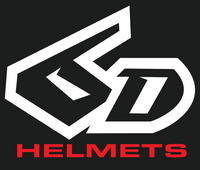
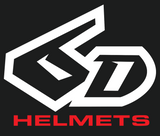

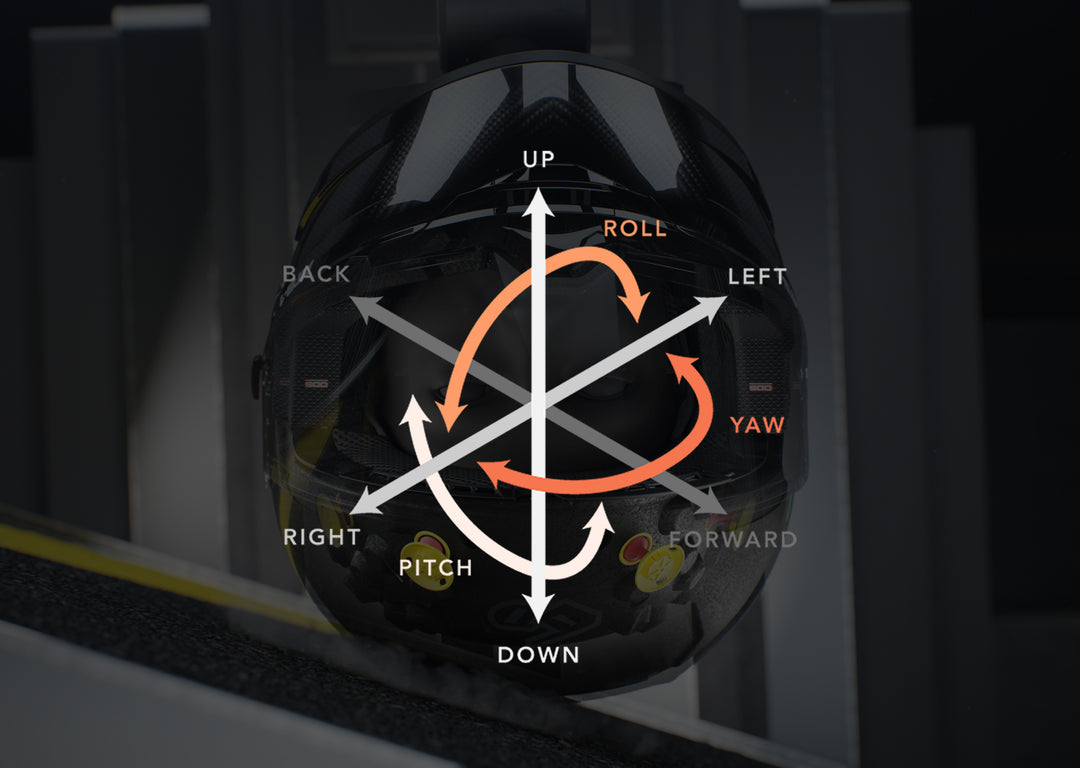
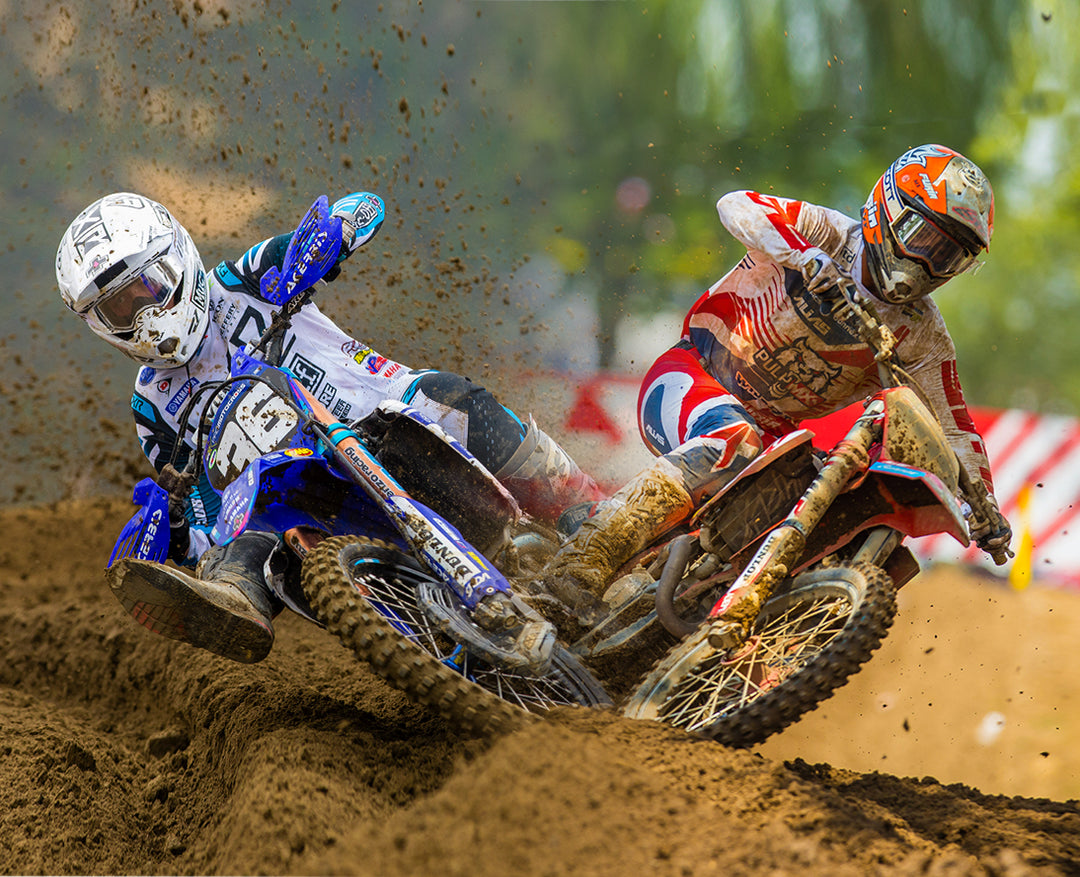
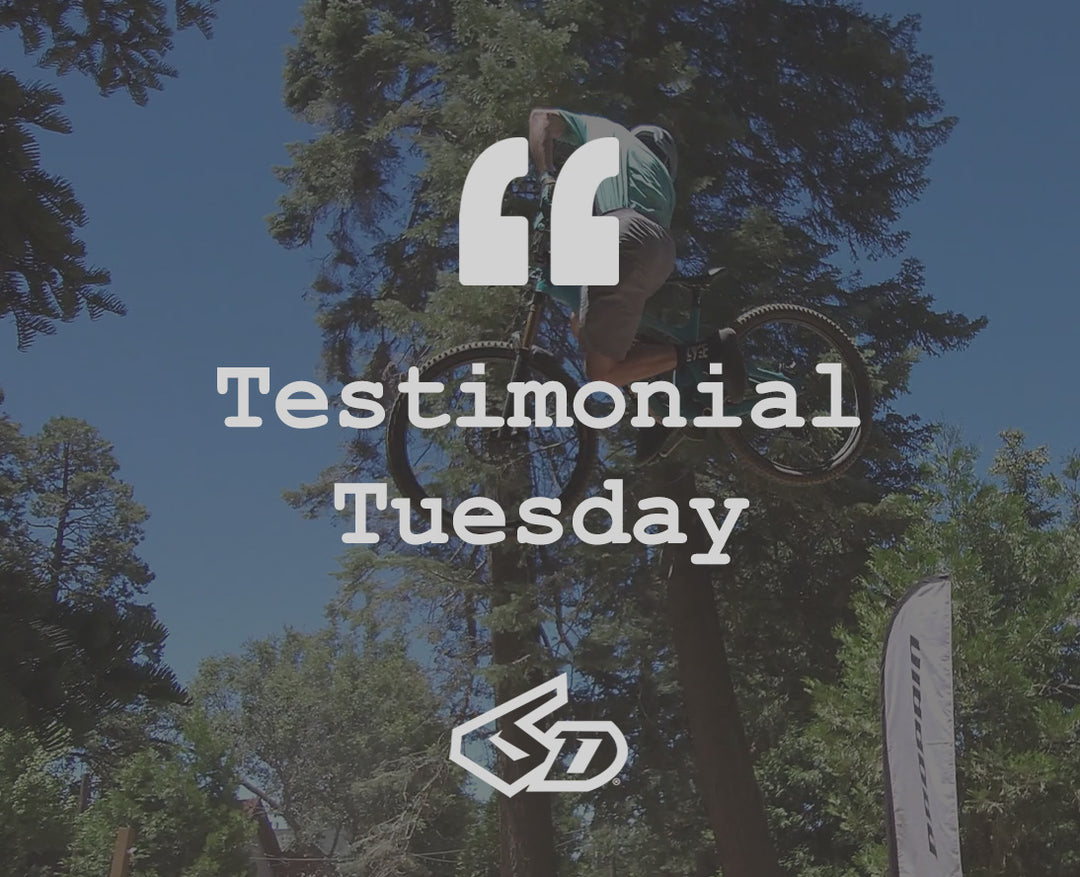
Leave a comment